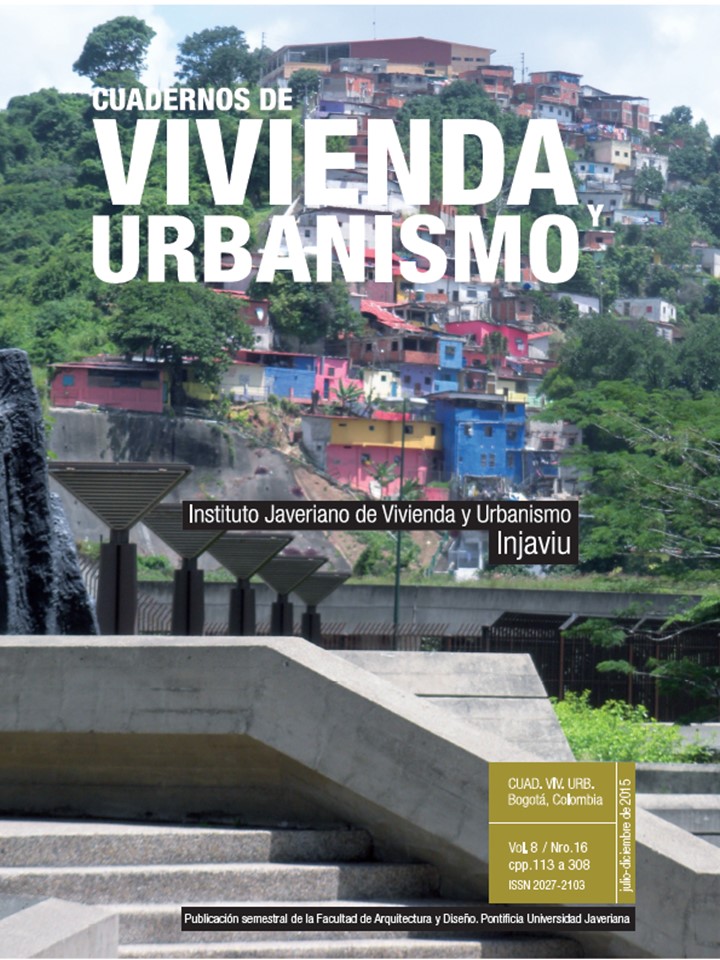Urban imaginaries and sociospatial segregation. A case study on Quito
Published
Oct 30, 2015
Almetrics
Dimensions
##plugins.themes.bootstrap3.article.details##
Abstract
The article presents the results of applying the conceptual and methodological framework of urban imaginaries of a case study on the city of Quito as a useful tool in order to understand how the sociospatial segregation that has historically characterized the capital of Ecuador is represented. The findings suggest that the spatial assignment constitutes a key element for the imaginaries that give meaning to the intra-urban boundaries and thus the imaginary productions allow us to reconstruct, on a symbolic level, the tensions that social and spatial inequalities entail.
Keywords
encuesta, imaginarios urbanos, Quito, segregación urbanasurvey, urban imaginaries, Quito, urban segregation
References
How to Cite
Santillán Cornejo, A. (2015). Urban imaginaries and sociospatial segregation. A case study on Quito. Cuadernos De Vivienda Y Urbanismo, 8(16), 246–263. https://doi.org/10.11144/Javeriana.cvu8-16.iuss
Issue
Section
Articles


